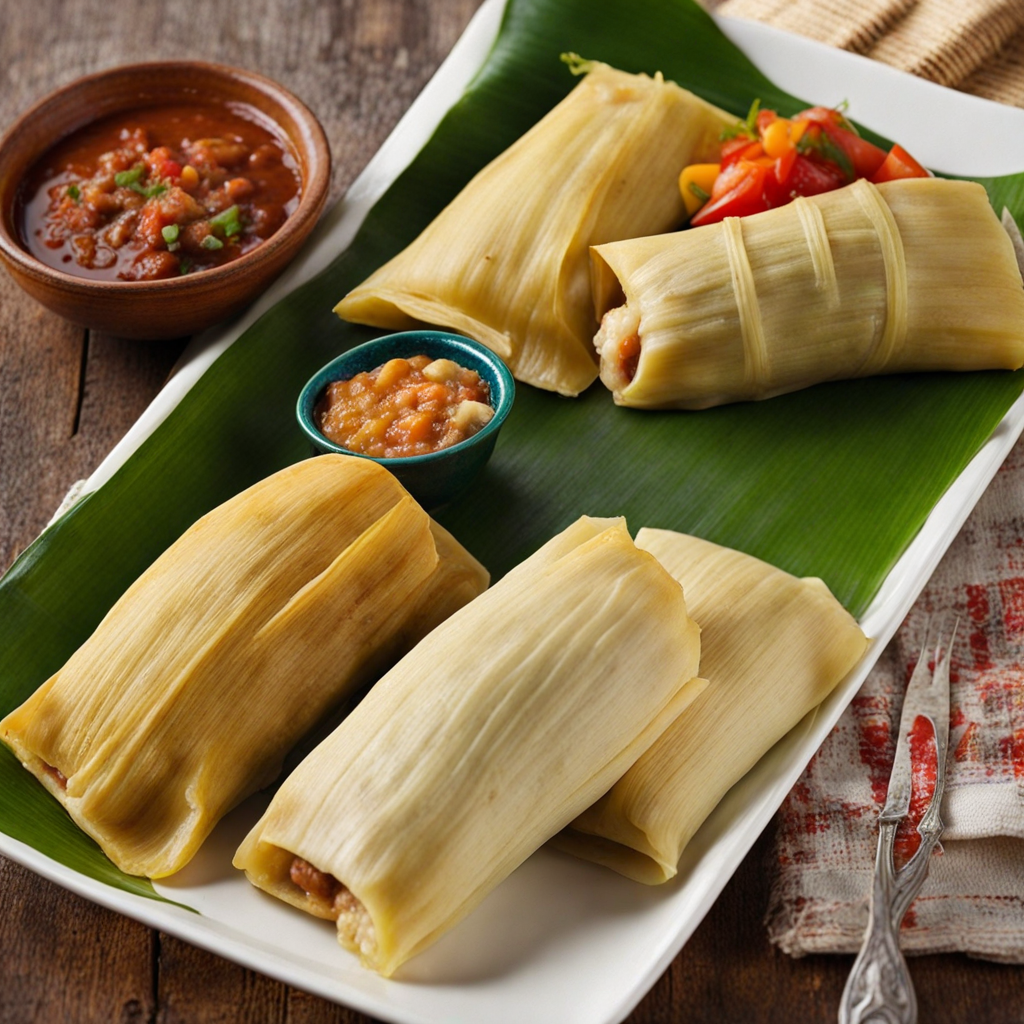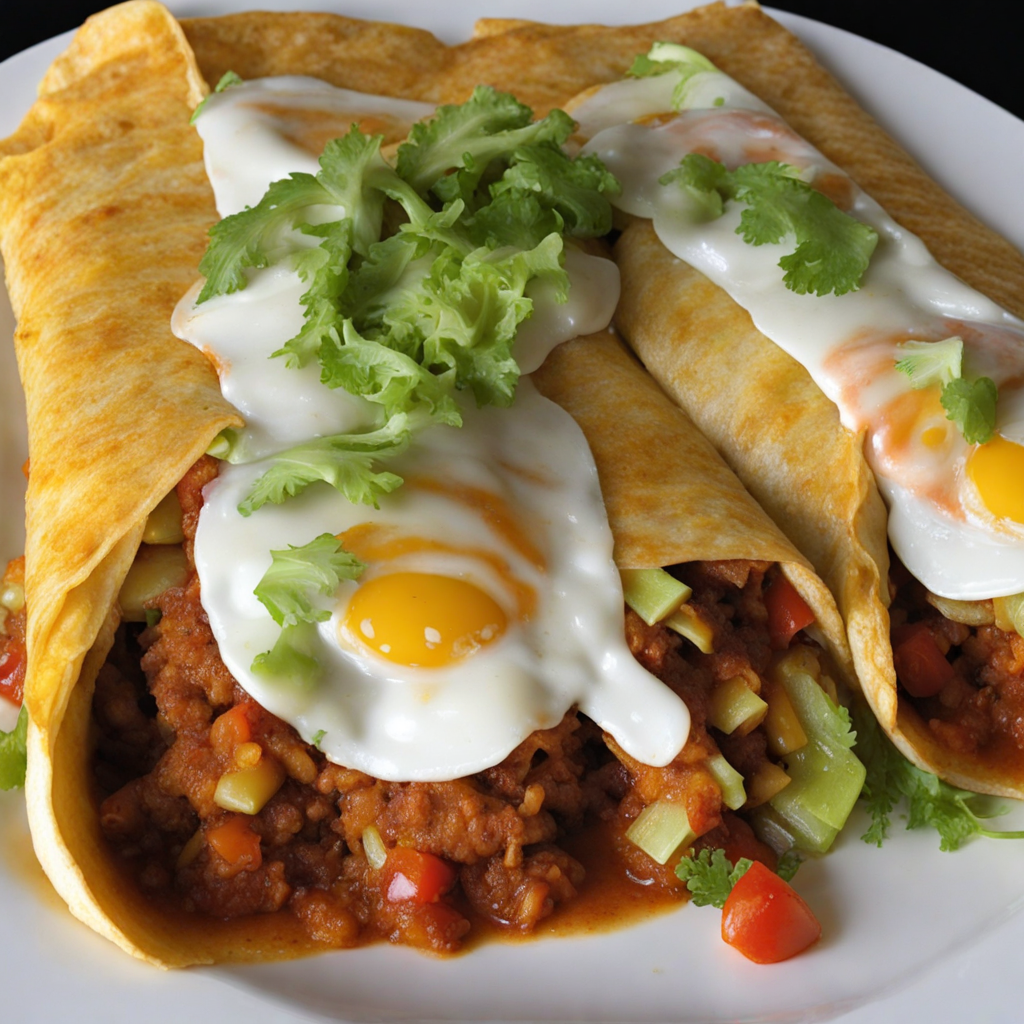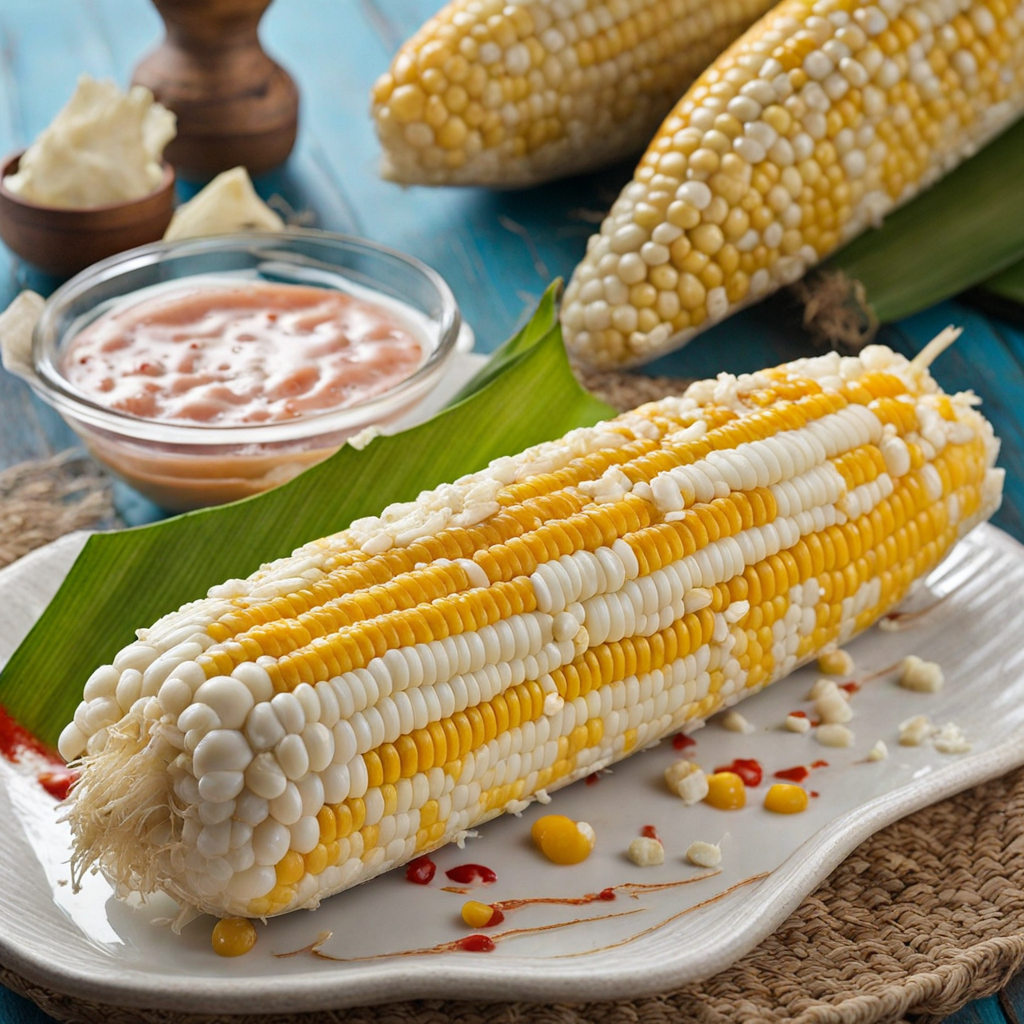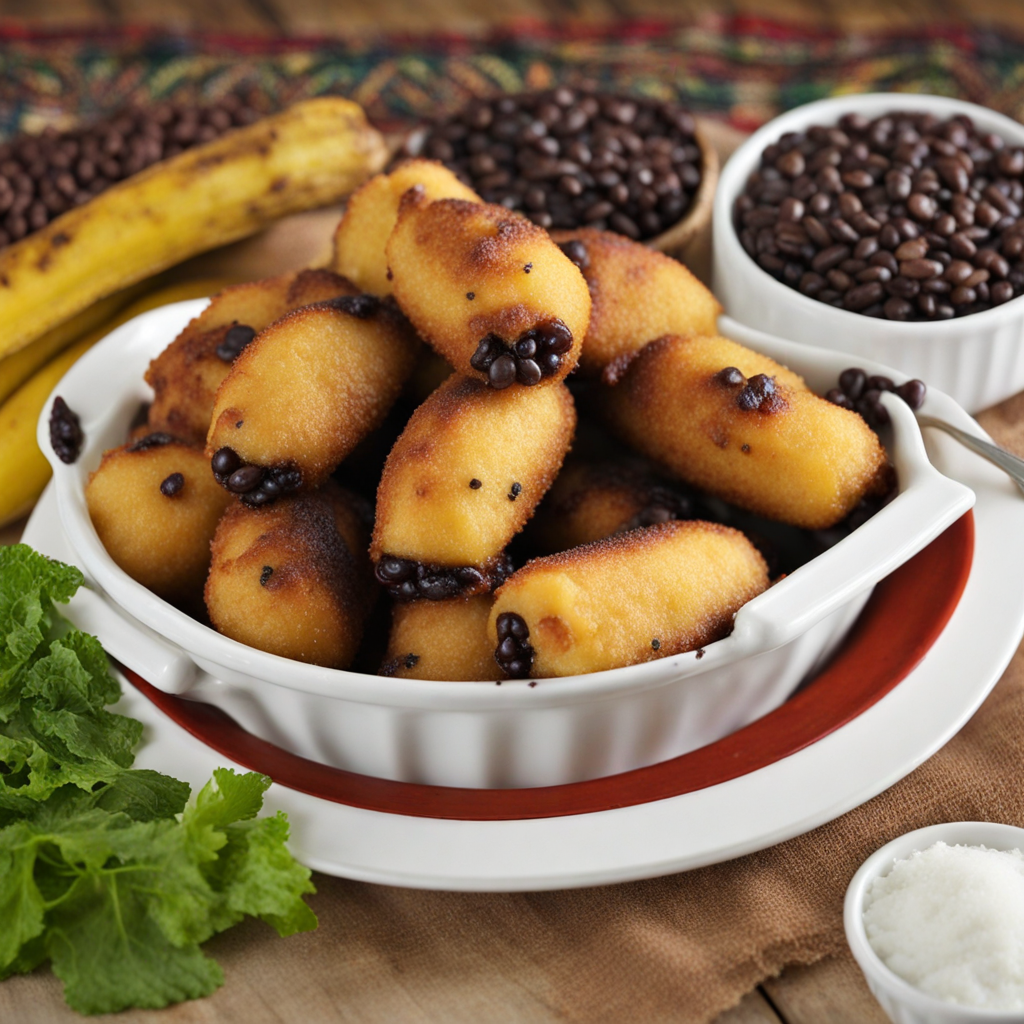Tamales
Tamales are a traditional Guatemalan dish that encapsulates the rich culinary heritage of the country. These delicious parcels are made primarily from masa harina, a type of corn dough that is both versatile and flavorful. The masa is often infused with various ingredients such as spices, herbs, and even a touch of achiote, which gives it a vibrant yellow hue. The dough is then filled with a variety of savory fillings, which can include tender meats like chicken or pork, vegetables, or even sweet fillings like fruits and chocolate, depending on the occasion and personal preference. Once filled, the masa is wrapped in banana leaves, which not only adds a distinct aroma but also helps to keep the tamales moist during the steaming process. This wrapping technique is a hallmark of Guatemalan tamales, setting them apart from other variations found in Latin America. The tamales are then steamed to perfection, resulting in a soft, slightly chewy texture that pairs beautifully with the robust flavors of the filling. The preparation of tamales is often a communal activity, bringing families together for special occasions and celebrations, making them a beloved staple in Guatemalan culture. When served, tamales are typically accompanied by a zesty tomato salsa or a mild guacamole, which enhances their flavor profile and adds a refreshing contrast. Each bite offers a delightful combination of textures and tastes, from the earthy masa to the savory filling. The experience of eating tamales is not just about the food itself; it’s also about the stories and traditions that accompany them, making them a true representation of Guatemalan culinary identity. For anyone looking to explore new flavors, tamales are a delicious entry point into the vibrant world of Guatemalan cuisine.
How It Became This Dish
The History of Tamales in Guatemala Tamales, a staple food in many Latin American cultures, hold a special place in Guatemalan cuisine. These delicious parcels of masa (corn dough) filled with various ingredients and wrapped in corn husks or banana leaves are not just a culinary delight; they are also steeped in history, culture, and tradition. The story of tamales in Guatemala is one of adaptation and resilience, reflecting the nation’s rich indigenous heritage and colonial past. #### Origins of Tamales The history of tamales dates back to ancient Mesoamerica, long before the arrival of Europeans. The word "tamale" is derived from the Nahuatl word "tamalli," meaning "wrapped." Archaeological evidence suggests that the practice of wrapping food in leaves dates back at least 5000 years. The Maya, who inhabited present-day Guatemala, were among the first to prepare tamales. They used masa made from nixtamalized corn, a process that involves soaking corn in an alkaline solution to enhance its nutritional value and flavor. Tamales were not merely food; they played a significant role in the rituals and daily life of the Maya civilization. They were often prepared for significant events, such as religious ceremonies, weddings, and festivals. In these contexts, tamales were filled with a variety of ingredients, including beans, vegetables, meats, and even chocolate. The versatility of tamales allowed them to become a symbol of the Maya's agricultural bounty and culinary ingenuity. #### Cultural Significance In Guatemalan culture, tamales are more than just a meal; they represent community, family, and tradition. The preparation of tamales is often a communal activity, bringing together family members and friends. During special occasions like Christmas or the Day of the Dead (Día de los Muertos), families gather to make large batches of tamales, turning the cooking process into a festive event filled with laughter and storytelling. Tamales also have deep spiritual significance. In many indigenous communities, they are associated with the concept of fertility and the earth. The act of making tamales is often seen as a way of honoring the earth and the agricultural cycles that sustain life. In traditional ceremonies, tamales may be offered to deities as a form of gratitude or as part of rituals meant to ensure a good harvest. #### Development Over Time As Guatemala underwent colonization by the Spanish in the 16th century, the recipe and preparation of tamales evolved. The Spanish introduced new ingredients, such as pork, chicken, and spices, which eventually found their way into tamale fillings. The traditional methods of cooking were also influenced by European techniques, leading to the development of regional variations. In contemporary Guatemala, tamales come in many forms, reflecting the country's diverse cultural landscape. Some of the most popular varieties include: 1. Tamales Colorados: These are made with red masa, colored with achiote (annatto), and typically filled with a mixture of chicken, pork, or beef, along with vegetables and spices. These tamales are often enjoyed during festive occasions. 2. Tamales Negros: These tamales feature a sweet filling of black beans mixed with sugar and spices, often enjoyed as a dessert. They are typically wrapped in banana leaves and have a distinct flavor profile. 3. Tamales de Elote: Made from fresh corn, these tamales are sweet and moist, containing whole kernels of corn and sometimes even cheese. They are particularly popular during the corn harvest season. 4. Tamales de Puerco: These tamales are filled with seasoned pork, often cooked with a rich sauce, and are a favorite during holidays and family gatherings. The variations of tamales in Guatemala can also be attributed to the country’s rich geography and climate, which allow for a wide variety of local ingredients. Each region has its unique spin on tamales, incorporating local flavors and culinary practices. #### Modern-Day Significance In modern Guatemala, tamales continue to be a vital part of daily life and culture. Street vendors sell tamales in bustling markets, and they are commonly served in homes during family gatherings. They are also often present at celebrations such as weddings, birthdays, and religious events. The significance of tamales has transcended their humble origins; they are now a culinary symbol of national pride and identity. Tamales have also made their way into the international culinary scene, as Guatemalan immigrants and their descendants share their culinary heritage with the world. In cities with large Guatemalan populations, tamales can be found in restaurants and food festivals, showcasing the rich traditions and flavors of Guatemalan cuisine. Moreover, the preparation of tamales has been recognized as a cultural heritage that deserves preservation. Various initiatives aim to keep traditional methods alive, ensuring that younger generations understand the importance of this culinary art form. Workshops and cooking classes are organized to teach the craft of tamale-making, emphasizing the communal aspect of the process. #### Conclusion Tamales in Guatemala are a culinary treasure that encapsulates the country's history, culture, and traditions. From their ancient origins among the Maya to their contemporary adaptations, tamales reflect the resilience and creativity of the Guatemalan people. They are not just food; they are a celebration of life, community, and heritage. As Guatemala continues to evolve, tamales remain a cherished part of its culinary landscape, bridging the past with the present and connecting generations through the shared experience of cooking and enjoying this beloved dish. Whether enjoyed at a family gathering, a festive celebration, or a street food stall, tamales will always hold a special place in the hearts and stomachs of Guatemalans and food lovers around the world.
You may like
Discover local flavors from Guatemala







